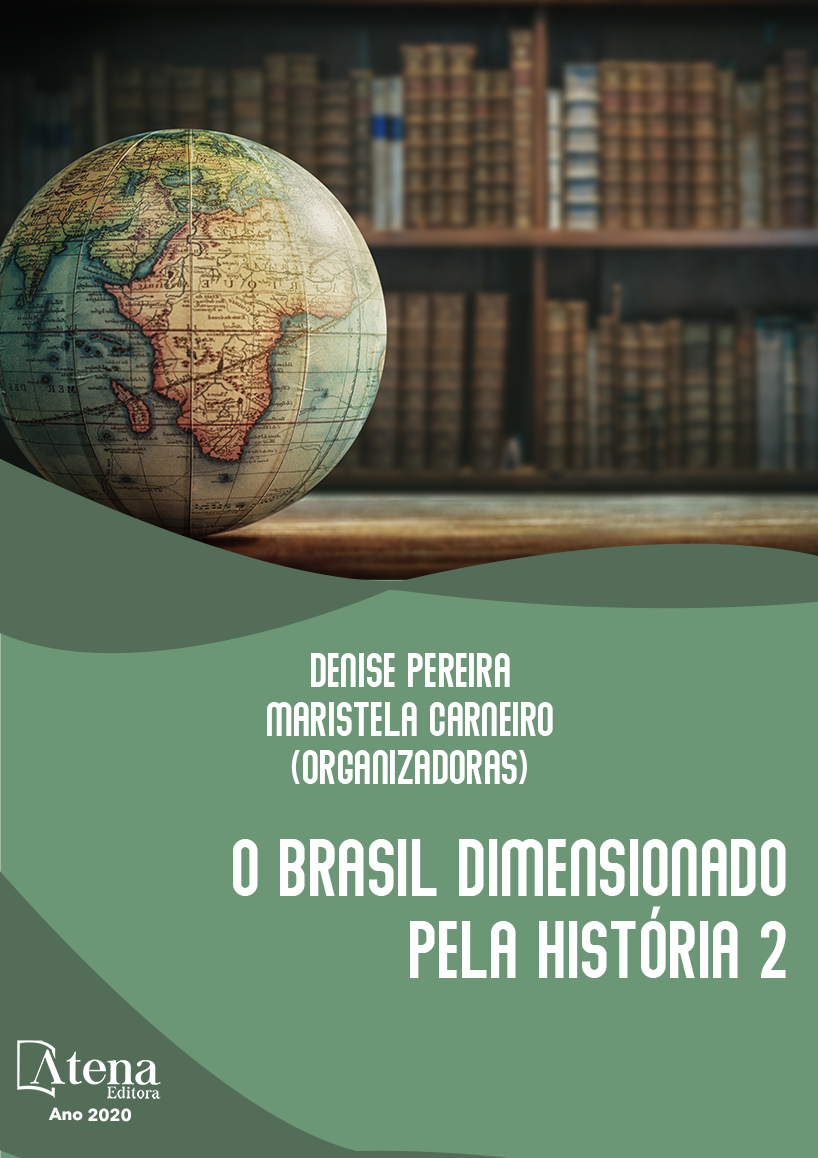
MARANHÃO, A ÚLTIMA CRUZADA: ENCANTARIA SEBASTIÂNICA E ESCRITOS CAVALEIRESCOS MEDIEVAIS
A partir da hipótese de uma transposição feudal – evidentemente ressignificada e com conteúdos culturais ressemantizados – para a margem americana do Atlântico, o que talvez seja o âmago de sentido da conquista e colonização da América Portuguesa, novos temas e dilemas historiográficos se apresentam e desafiam nossos paradigmas analíticos. Pensamos, e pretendemos aventar com o presente ensaio, que mais que uma “residualidade” ou uma reminiscência longínqua na cultura popular brasileira, destacando o Nordeste e, nele, o Maranhão, a cultura popular medieval responde por uma boa parte do enigma historiográfico que é o Brasil. Existem e se conservam elementos medievais a despeito de impulsos de modernização conservadora pelos quais passou o Brasil, a partir dos surtos de industrialização por substituição das importações na primeira metade do século XX e a constituição de um parque industrial siderúrgico e petroquímico com as diversas faces do nacional-desenvolvimentismo em sua segunda metade. Combater, debelar e soterrar o “Brasil arcaico” era uma palavra de ordem inconteste. No entanto, pulsa ainda, fremente, a herança da literatura de cordel, das cheganças e cavalhadas, das festas do Divino Espírito Santo e, não menos significativa, da magia que reveste o Rei Sebastião, desaparecido e encantado após a Batalha dos Três Reis, em Alcácer-Quibir (1578). Dom Sebastião terá sido, assim pensamos, o último grande rei cruzado, herdeiro da história do imperador alemão Frederico I, o Barba-Ruiva, do Sacro Império Romano, desaparecido e encantado no rio Saleph, na Cilícia, em 1190. Monarcas e cavaleiros inspirados pelo ideal de guerra santa das Cruzadas, ambos, Frederico I e Sebastião, compõem um mosaico de encantados que encontrará no Rei Arthur seu protótipo. Em que medida as letras romanescas germânicas da Idade Média Central podem responder por um elo, à primeira vista impensado, entre o Rei Artur e Dom Sebastião, passando pela encantaria cruzada de Frederico, o Barba-Ruiva?
MARANHÃO, A ÚLTIMA CRUZADA: ENCANTARIA SEBASTIÂNICA E ESCRITOS CAVALEIRESCOS MEDIEVAIS
-
DOI: 10.22533/at.ed.1582015018
-
Palavras-chave: Encantaria; Matéria Cavaleiresca Alemã; Maranhão.
-
Keywords: Enthrallment; German Chivalric Writings; Maranhão.
-
Abstract:
By leading off from the hypothesis of a feudal transposition – evidently resignified and marked by a semantic remaking – to the American margins of the Atlantic Ocean, which may be the very meaning core of the Portuguese conquest and colonization in America, new study subjects and historiographic quandaries come about and outdare our analytical paradigms. We reason and intend to make up in the present essay that, much more than any sort of “residuality” or outlying remniscence within Brazilian popular culture, stressing cultural features of the Northwest part of Brazil and specially Maranhão, mediaeval popular culture corresponds to a huge part of the historiographic enigma called Brazil. In this sense, one should pay attention to the resilience of mediaeval narremes and mythemes in Brazilian Northwestern popular cultural utterances. Such cultural heritage remains in spite of conservative boosts of modernization that Brazil went through during the 20th. century, commencing by industrialization regarding the replacement of imported goods in the first half of the century and the shaping of a steel and petrochemical industrial park by dint of the manifold facets of National-development ideology. It seemed needful to fight, quell and whelm what was named “archaic Brazil”. However, medieval cultural heritage still throbs in chapbooks literature, feasts devoted to the Holy Spirit and dances called “cheganças” and “cavalhadas”, and last but not least, magical aspects concerning King Dom Sebastião of Portugal, who was believed to have been enthralled in the Battle of the Three Kings (Alcácer-Quibir), in 1578. Dom Sebastião, as we look upon the myth, will have been the last great Crusade monarch, heir to the stories regarding the German Holy Roman Emperor Friedrich I, the Barbarossa, allegedly vanished and charmed by the river Saleph, in Cilicia in 1190. Both were monarchs and knights much influenced by the ideal of Holy War entailed in the Crusade movements.
-
Número de páginas: 20
- Marcus Baccega


